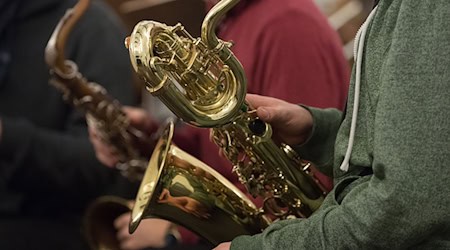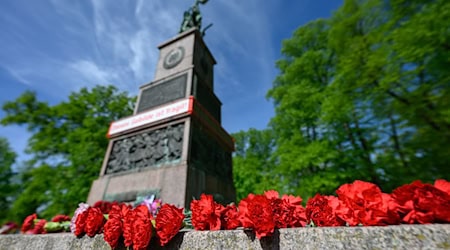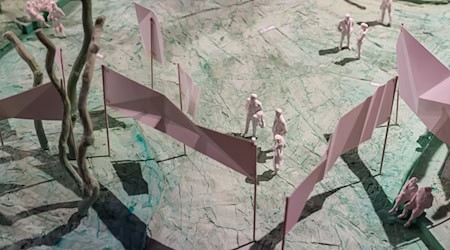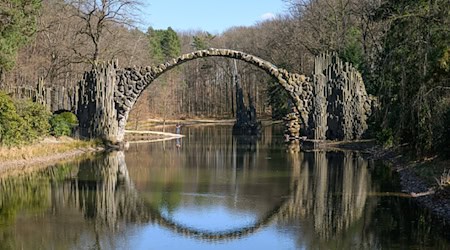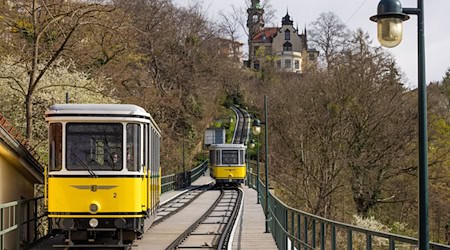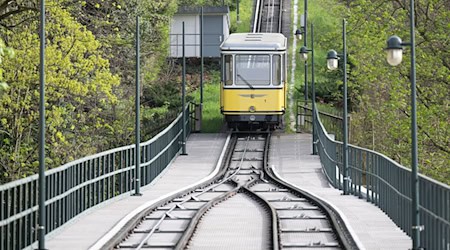The city of Plauen in the Vogtland region wants to preserve the last remnants of a former synagogue and is therefore launching an appeal for donations. While the Jewish place of worship was burned down during the pogrom night on November 10, 1938, a piece of the former outer wall has surprisingly survived the times, said Plauen's cultural mayor Tobias Kämpf (CDU). "For a long time, the synagogue was thought to have been completely destroyed." However, old construction plans have since confirmed that the remains of the wall are in fact an original part of the synagogue.
On Friday afternoon, the official launch of a crowdfunding project called "Bruchstelle 1938" is planned at the historic site, with which the city hopes to raise 15,000 euros within three months. In addition to this personal contribution, the preservation of the now listed building will cost a total of 100,000 euros, according to the cultural mayor. The rest of the money will come from state subsidies for the protection of historical monuments. The former synagogue in Plauen was one of the last Jewish religious buildings to be erected in Germany before the Nazi era. It was inaugurated on April 6, 1930.
The building, designed by the Jewish Munich architect Fritz Landauer, is considered an important architectural testimony to the New Objectivity style. Plauen was once known for its industrial development. "And the Jewish population played a major role in this," says Kämpf. Compared to other cities, Plauen was home to a particularly large number of important Jewish business people. "Outstanding buildings still bear witness to this period today."
Jewish culture and hatred of Jews clashed particularly strongly in Plauen. "The persecution was very pronounced here," said Kämpf. The Plauen top manufacturer Martin Mutschmann harassed Jewish business owners for years, later led the NSDAP in Plauen and eventually rose to become Gauleiter in Saxony. Very few Jews returned to Plauen in 1945. In the 1950s, Jewish life in the town died out completely, regretted Kämpf. "That's why it's important for us to create a memorial and meeting place on the site of the former synagogue." In the long term, events are planned at what at first glance appears to be an unadorned piece of wall, especially with school classes. "We could possibly make the synagogue virtually accessible again using 3D glasses."
Copyright 2024, dpa (www.dpa.de). All rights reserved



